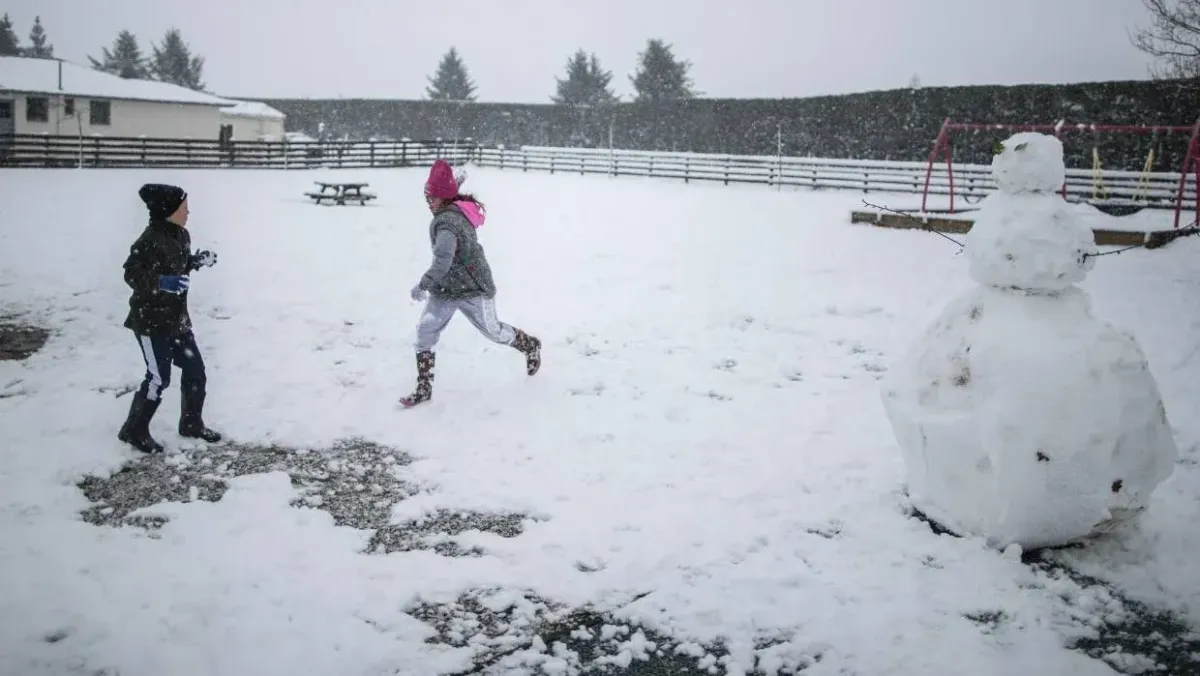

At home in your neighbourhood

The weather outside is frightful, but inside it's quite delightful.
Warming Your Home in Winter Keep your home warm during the chilly winter months. With the right heating strategies and insulation, you can enhance comfort while minimising energy costs. Explore the various heating options, insulation techniques, and practical tips to help you create a cosy haven in your home. Understanding Winter Climate Before delving into warming techniques, it's important to understand the unique challenges posed by winter climates. Cold temperatures and chilly weather call for effective heating solutions to ensure a comfortable indoor environment.

Evaluating Your Home's Heating Needs To begin, assess your current heating system's efficiency and consider your home's heating requirements based on its size. This evaluation will help determine whether your existing system is adequate or if an upgrade is necessary. Additionally, considering energy-efficient options can save you money in the long run.
Top Heating Options for Homes Central Heating Systems: Heat pumps are a popular choice due to their efficiency and versatility. They extract heat from the outdoor air, providing warmth inside. They also have the added benefit of cooling during the summer months.
Wood Burners and Pellet Fires: Wood burners provide a cosy ambiance and can be a sustainable heating option if sourced responsibly. Pellet fires are an eco-friendly alternative, utilising compressed wood pellets for efficient heat distribution.
Gas Heating Systems: Gas heaters offer instant warmth and come in various forms, such as gas fireplaces and gas central heating systems. Consider factors such as cost, efficiency, and safety when choosing a gas heating option.

Improving Insulation for Enhanced Warmth Proper insulation plays a vital role in retaining heat and reducing energy loss. Evaluate your home's insulation levels, focusing on areas such as roofs, walls, floors, and windows. Opt for insulation materials suitable for your climate, such as ceiling insulation with high R-values.
Practical Tips for Winterising Your Home Sealing Air Leaks and Drafts: Identify and seal any air leaks or drafts around windows, doors, and electrical outlets. Weatherstripping and caulking are effective solutions.
Utilising Curtains, Blinds, and Window Coverings: Open curtains during the day to allow sunlight to naturally heat your home, and close them at night to retain warmth. Consider using thermal curtains or blinds to reduce heat loss through windows.
Maximising Natural Light and Heat Sources: Keep windows clean to maximise sunlight. Arrange furniture strategically to make the most of natural heat sources, such as fireplaces or heat pumps.

Implementing Smart Heating Controls: Programmable thermostats allow you to schedule temperature adjustments, optimising energy usage and ensuring a comfortable environment. Other Considerations for Winter Comfort Importance of Proper Ventilation: Maintain good indoor air quality by ensuring proper ventilation. Use extractor fans in kitchens and bathrooms to remove excess moisture and prevent condensation.
Benefits of Humidity Control: Maintain an optimal humidity level (around 40-60%) to improve comfort. Use dehumidifiers or humidifiers as needed.
Energy-Saving Practices To reduce energy consumption and lower utility bills, consider these practices: Optimal Temperature Settings: Set your thermostat to an energy-efficient temperature, around 18-20°C. Lowering it by one degree can result in noticeable energy savings.
Effective Use of Programmable Thermostats: Program your thermostat to reduce heating when you're away or asleep. Take advantage of the "comfort zone" feature to maintain desired temperatures during specific times.

Additional Winter Tips Dressing Appropriately: Layer clothing and wear warm accessories to keep your body warm indoors.
Winterising Outdoor Areas:
Protect outdoor plants from frost and insulate outdoor pipes to prevent freezing. Clear gutters to avoid water damage.
Preparing for Potential Power Outages:
Keep emergency supplies, such as blankets, flashlights, and non-perishable food, in case of power outages or severe weather conditions.

By implementing the heating options, insulation techniques, and practical tips outlined in this guide, you can ensure a warm and cosy winter in your home. Remember to consider your specific needs and seek professional assistance if necessary. Embrace the winter season with comfort and peace of mind. Stay warm! But don't forget the winter months can be fun as well, outdoors as well as indoors.

